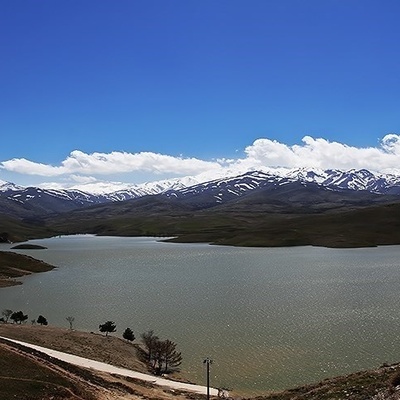SAEDNEWS: A recent report on Niavaran Palace reveals that Iran's last royal family dined from silverware gilded with gold — a symbol of extravagant luxury and stark class divide during the Pahlavi era.

According to Saed News, newly surfaced details from a field report conducted at Niavaran Palace — the final residence of Iran’s last monarch, Mohammad Reza Pahlavi, and Queen Farah — have shed light on the extravagant lifestyle of the royal family, including their use of gold-plated silver tableware.
The report, originally published by Mehr News Agency, draws on guided tours and in-person inspection of the palace grounds, offering a comprehensive look into the domestic life of the Pahlavis. The palace, located in northern Tehran, began construction in 1957 (1336 Iranian calendar) under the Shah’s order. Initially envisioned as a reception venue for foreign dignitaries, it was ultimately converted into the primary residence of the royal family — a change that prolonged the project’s completion by nearly a decade.

One of the most striking revelations comes from the palace’s dining and reception hall. According to the report, the royal dining room featured ornate silverware covered in a layer of gold, alongside imported French candelabras. “You’re now looking at the royal dining hall, adorned with silver utensils plated in gold, and surrounded by French-made furnishings, drapery, and upholstery,” the palace guide is quoted as saying. An antique Qajar-era samovar still stands in a corner of the room as a relic of Iran’s older dynastic lineage.
Behind the dining room lies a corridor connecting the kitchen and basement to the main staircase. It was in this hidden space, the report notes, that palace staff would arrange and present meals before they were formally served — almost all in gilded dishes. The report further claims that this opulence was not merely aesthetic; it suggests that the Shah and Farah were said to be "sensitive" to the material of their dining ware, supposedly necessitating the use of gold-plated vessels.
The extravagance on display at Niavaran Palace has long stood as a powerful symbol of inequality in Iran’s former monarchy. Royal residences like this one continue to offer stark visual reminders of the economic and social disparities that fueled public discontent in the lead-up to the 1979 revolution.

